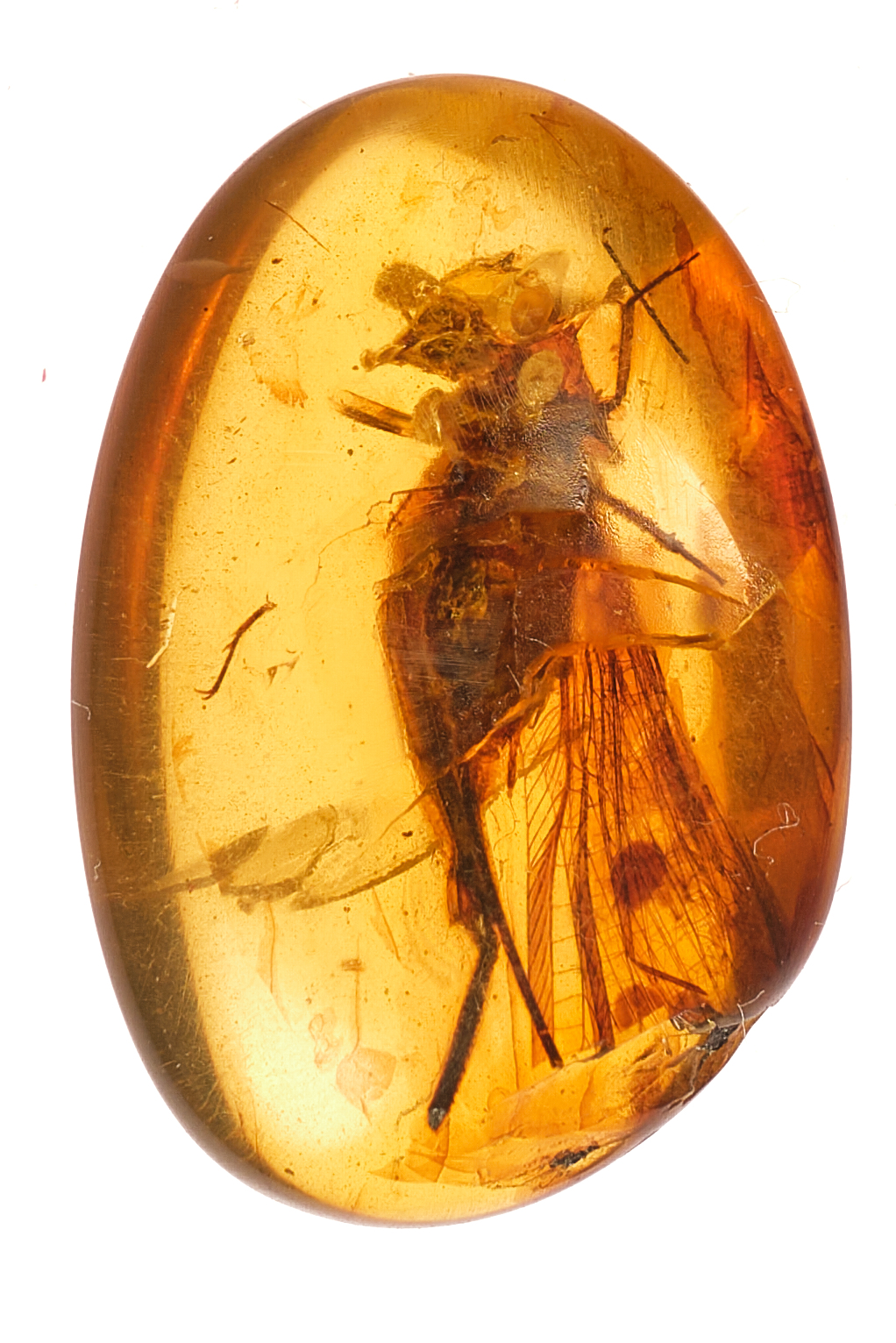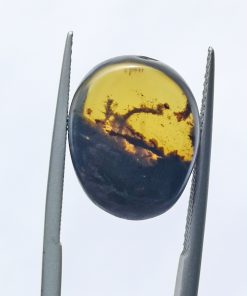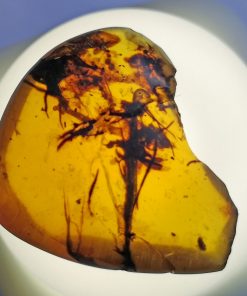ui-g-08-25
$660.00 $300.00
Description
The insect inclusion is Cretaceous grasshopper, likely belonging to the elcanidae lineage.
A stunning natural Burmese amber specimen (Burmite) from the Hukawng Valley, Myanmar, approximately 99 million years old, containing a fully preserved insect inclusion. The insect is clearly visible from multiple angles. The inclusion appears to be an ancient grasshopper, with delicate membranous wings, spindly legs, and a well-defined head captured in remarkable detail.
The amber’s clarity and rich honey-orange color provide an exquisite window into the Cretaceous, where even minute features like the insect’s segmented body and filiform antennae can be observed. This level of preservation is typical of Burmese amber, which is renowned for its rich assortment of perfectly preserved insects.
Dimensions: 22.57 × 15.04 × 6.35 mm
Weight: 6.675 carats





